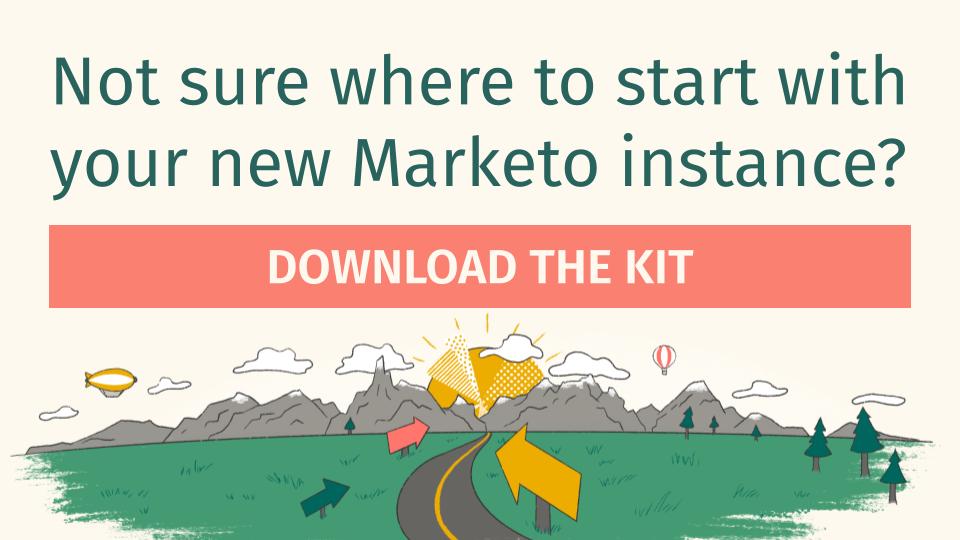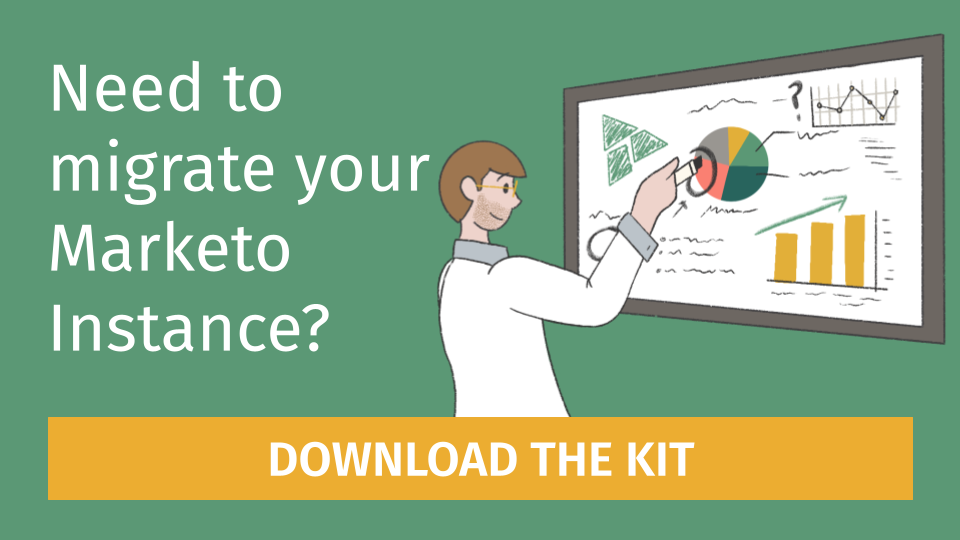Gmail’s Gemini AI summary fields are changing how recipients engage with emails. This AI-powered feature automatically extracts key details—such as event information, special promotions, and important announcements—allowing users to preview essential details without opening the email.
For email marketers, this means one thing: if your emails aren’t optimized for AI summaries, you’re missing out on visibility and engagement.
What Are Gemini AI Summary Fields in Gmail?
Gmail’s Gemini AI will analyze incoming emails and extract key information to display in a summary box at the top of the message. This gives recipients a quick overview without needing to read the entire email. For example:
- Webinar Invitations – Gemini AI may highlight the event name, date, and registration link.
- Promotions & Discounts – Summaries can show discount percentages and expiration dates.
- Order Confirmations – AI extracts tracking numbers and estimated delivery dates.
With inbox competition at an all-time high, ensuring that your emails stand out in Gemini AI summaries is a must for maximizing engagement.
How to Get Your Emails Featured in AI Summary Boxes
To make sure your emails take advantage of Gmail’s AI-driven summaries, follow these actionable steps:
- Structure Your Emails for AI Readability
AI favors well-organized emails that make key details easy to extract. Use these formatting techniques:- Keep important information at the top—Gemini AI scans early content first.
- Use bullet points or short paragraphs for clarity.
- Clearly define key elements (dates, times, CTAs) to make AI recognition easier.
- Implement Schema Markup for Emails
Google supports schema.org markup, which helps Gemini AI recognize and display key details prominently. Marketers should:- Use Event Schema for webinars, conferences, or live sessions.
- Apply Offer Schema for sales, discounts, and promotions.
- Implement Order Schema for transactional emails (shipping updates, confirmations).
- Write AI-Friendly Preheaders & Subject Lines
Since AI relies heavily on preheaders and subject lines, they should be:- Clear and direct – “Flash Sale: 40% Off Shoes – Ends Tonight”
- Action-driven – “Register Now: Free AI Marketing Webinar This Thursday”
- Keyword-rich – Include key details that AI can easily recognize.
- Optimize Your Call-to-Action (CTA)
Make your CTAs concise and action-oriented to boost conversions. Some examples:- “Claim Your Discount” instead of “Click Here”
- “Join the Webinar” instead of “Register”
- “Track Your Order” instead of “Check Status”
- Test & Monitor AI Summary Performance
Since Gmail’s AI summary fields are still evolving, it’s important to:- A/B tests different email structures to see what gets summarized best.
- Monitor open rates and engagement to measure AI-driven visibility.
- Adjust subject lines and preheaders based on the effectiveness of the AI summary.
The Future of Email Marketing with AI Summaries
Gmail’s Gemini AI summary boxes are not just a trend but are reshaping how emails get noticed. By optimizing your emails to work with AI-driven summaries, you ensure higher open rates, improved conversions, and a competitive edge in inbox marketing.
Start implementing these strategies today to ensure your emails are delivered, seen, and acted upon.







